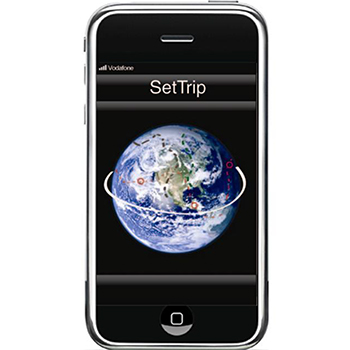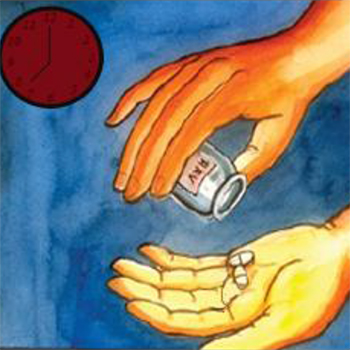To combat the HIV disease, PLHA must provide health education as well as proper treatment. The project aims at understanding the current methods of education like print, brochures, television, radio, the internet, etc. and their association with spaces like hospitals, HIV clinics, and HIV testing centres, which are visited by a PLHA on a regular basis. It was observed that a major portion of a PLAH’s day was spent in the waiting areas of these spaces during his visit to an HIV clinic. The goal of this project is to study the effectiveness of the waiting area and come up with design solutions that would help the PLHA’s use their waiting time more constructively. It was found that the waiting area would be an excellent place to provide health care information and also serve as a place for networking with other PLHA’s who were present in the clinic for their medical visit. The design solution consists of a hand-held tablet PC which is used to provide authentic information using interactive videos based on various parameters like personalization, repetition, and localization of the content provided. Information thus reaches the PLHA in an interactive form, making it more dynamic and organized. The tablet PC also consists of scenario-based quizzes that evaluate the knowledge levels of the PLHA and provide feedback, which in turn acts as a trigger and source of information gain. Networking amongst the PLHA’s has many benefits, like information sharing, experience sharing, motivation, but disclosure of a PLHA’s status is the greatest drawback. A clinical radio is the proposed solution which maintains the confidentiality of the PLHA and at the same time allows him to connect to other PLHA’s and share thoughts and experiences.




